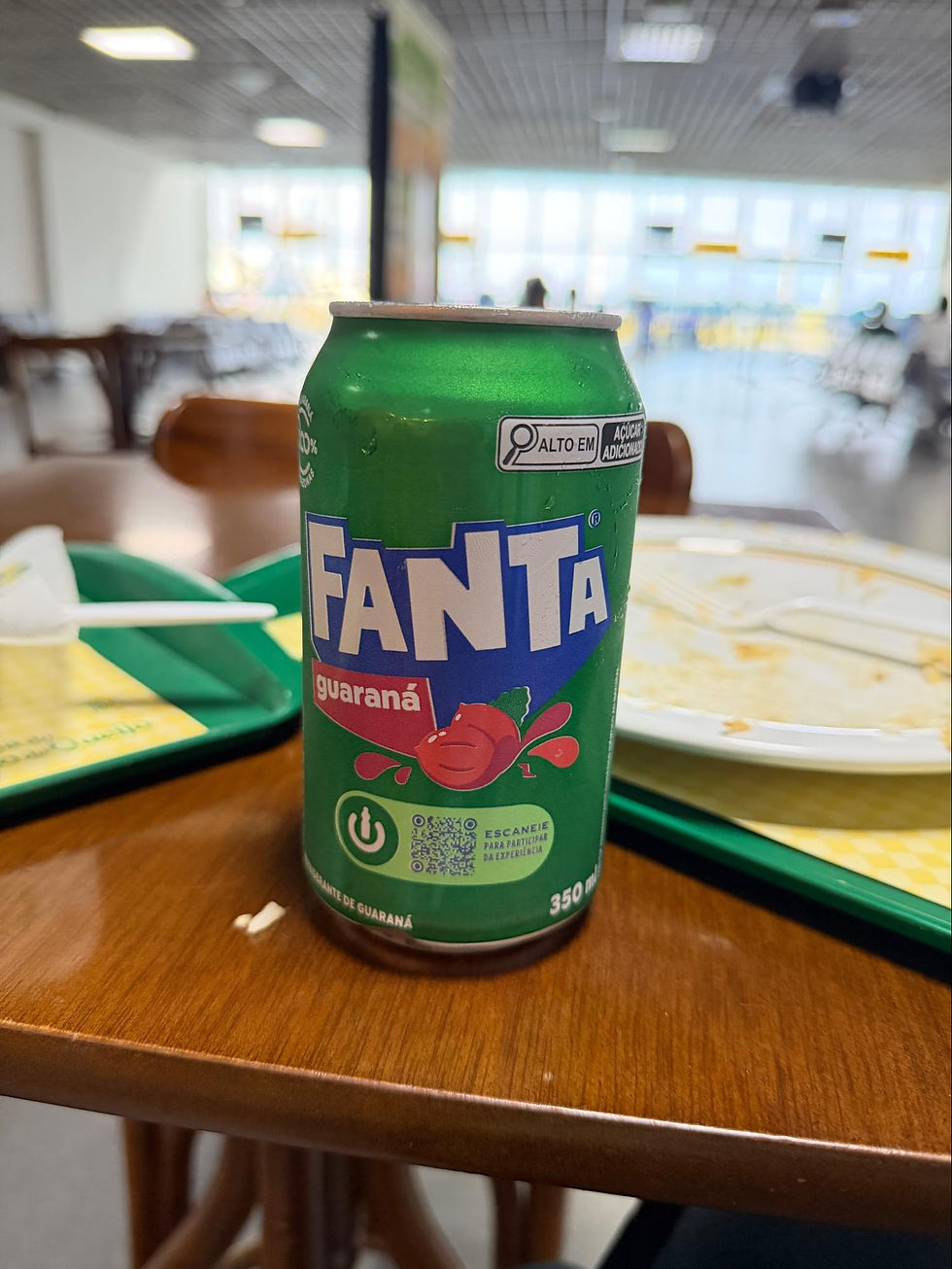Colorado Myrmecofauna: Now and Then
- Josiah Kilburn
- Apr 2, 2020
- 4 min read
Updated: Jun 23, 2020
The ant life of Colorado is truly very diverse, and it has been that way for millions of years. This post will compare 34.9 million year old fossil ants to those found today! Specifically it will be comparing the desert fauna to fauna of an ancient rainforest lake.
Some words will be defined at the bottom
Images not belonging to me will be clickable and you will be sent to their relative source.
The ants of present Colorado
Colorado is a very diverse state for how severely its seasonal temperature changes. With somewhere between 185-225 different ant species. Many of these species have been adapted to three main habitats; alpine forests, plains, and high desert. Species have also adapted and evolved alongside others forming symbiotic relationships. For example solenopsis molesta is a species of "thief ant" which have a form cleptobiotic lestobiosis with other species of ants. I have observed this behavior with Solenopsis preying on hosts like Lasius alienus, Lasius neoniger, Lasius claviger, formica podzolica, Crematogaster cf. emeryana, Monomorium minim, and Tetramorium immigrans.

Solenopsis molesta under a rock, this colony was connected to a nearby colony of Crematogaster cf. emeryana

Solenopsis molesta colony, connected to a nearby colony of Crematogaster cf. emeryana (left)
Other species of ants in the high desert include generalist species like Dorymyrmex insanus, Formica pallidefulva, Pheidole (in general), and Monomorium minimum.

Pheidole hyatti colony found nesting under a moist rock.

Formica pallidefulva colony in a desert wash.

Dorymyrmex insanus is (In my opinion) a confusing placeholder for what most likely is many different species or subspecies of western dorymyrmex. This can be observed simply by visiting antweb.

This polygynous monomorium minimum colony has remained in the same location for over 4 years
One of the unique generalist species found here in Colorado is Myrmecocystus, or honeypot ants. I only have a few older pictures of these. Colorado may have between 4-7 species of Myrmecocystus. These ants stay in hibernation for a longer periods of time than most, because they collect sugary nectar, and store it in repletes, these repletes give the species their common name.
Repletes of M. mendax at the cincinnati zoo (not my photo).

The species in old image is likely Myrmecocystus mendax, or mimicus, it is a diurnal species with majors.
A more specialised species found across Colorado is Pogonomyrmex occidentalis. While in reality this species is likely more generalist than specialist, P. occidentalis obtains All of it's sugar from seeds. and protein from insects and some types of seeds.

workers of pogonomyrmex occidentalis excavate dirt from the nest.
Species found across Colorado vary depending on which of the main habitats they reside in. I only got a chance to photograph the ants of the high desert this week. ants of the plains and pine forest are vastly different, I'll make an article comparing them one day. but for now this is what I'm comparing.
The ants of Eocene Colorado
The Colorado of the eocene epoch was a vastly different climate than colorado today. Specifically in terms of fauna and flora. During the Eocene epoch, basically everything was a rainforest, either temperate or tropical. Colorado was possibly the latter. as evidenced by this specimen;

Proazteca cf. elongata (above) is a very common species in florissant shale.
Proazteca (above) is is the predecessor to Azteca (below), which constantly releases alates throughout the year, they can almost always be found at black lights in the tropics. the abundance of proaztecha could suggest two things; [1] the eocene Colorado might have had a similar climate to today's tropics, and [2] that this nuptial flight behavior has been present in ancestors of aztecha for over 35 million years.
The "modern rendition" of Proazteca is Azteca, above is Azteca isthmica, photo by alex wild
Some genuses found in eocene colorado have not been found anywhere else. one such example is the genus Miomyrmex. not really anything is known about this genus

Miomyrmex cf. impactus, this might be a worker, I'm not sure but it appears to lack wing scars.
Another interesting clue that differentiates eocene colorado from the colorado of today is the overwhelming presence of dolichoderine ants. Almost all of the specimens I found were from dolichoderinae. below are two alates that look to be similar species(or the same species) of what looks like Iridomyrmex. a species that now only resides in australia.

Iridomyrmex sp. 1

Iridomyrmex sp. 2

A modern Iridomyrmex cf bicknelli queen from Australia.
The last species of ant I found in florissant shale was unknown. I thought it was Miomyrmex at first but now I have no idea, it appears to be a dealated gyne.

The unknown species of ant, possibly a Formica or Aphaenogaster. I'm not really sure.
Glossary:










Fascinating write-up. Here are more details on Florissant if people are interested in reaching out for a trip to the shale beds or even ordering some online:
https://florissantfossilquarry.weebly.com/ or email them at florissantfossils@yahoo.com. Not sure what it costs to ship some shale, but it's definitely an afternoon's worth of adventure either in person or shipping.